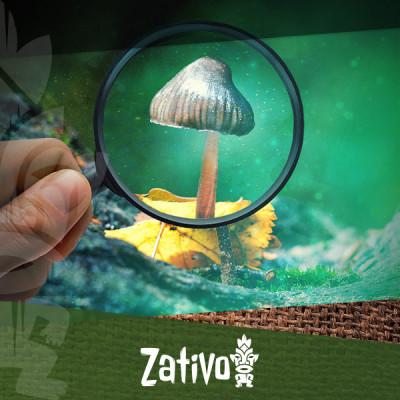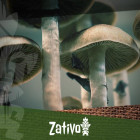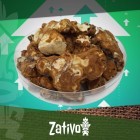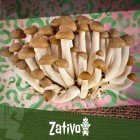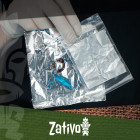Don't have an account?
Register NowYou have to add to cart at least 5 bottles or any program to make checkout.
- BlogThe Simple Guide To Identifying Common Magic Mushrooms
The Simple Guide To Identifying Common Magic Mushrooms
Published: November 9th, 2020
Categories:
Magic Mushrooms
Psilocybin-containing “magic” mushrooms comprise a category of classic natural psychedelics. These fungi have a rich history within ancient cultures and are still used today by modern psychonauts to help obtain a deeper connection to themselves, the Earth, and others. Many users choose to grow their own supply of mushrooms at home, with several species and many strains to choose from. However, for some people, this simply isn’t possible. If you can’t or don’t want to grow mushrooms, but still want to acquire them, you can always try foraging for your own. There are over 200 known mushroom species that produce psilocybin, with some of them being more common and easier to identify than others.
Before we delve into several different species you can find in nature, let’s talk some common sense.
A WORD OF WARNING
Mycology, or the study and science of mushrooms, is a relatively new field. There are currently over 10,000 known mushroom species, and potentially hundreds of thousands that have yet to be discovered. Many people forage for mushrooms for gourmet and medicinal reasons, and are well aware of the potential dangers in doing so. What any experienced and sensible mushroom hunter will tell you is this: “There are old mushroom hunters and there are bold mushroom hunters, but there are no old and bold mushroom hunters”. Another common phrase within the mushroom-hunting world is: “All mushrooms are edible, but some only once”.
Keep these two pieces of advice in mind at all times when foraging mushrooms. When it comes to mushroom identification, it may come down to the minute details that separate an edible mushroom from a toxic or potentially deadly one. If you value your life and health, before you even consider going looking for magic mushrooms, you should conduct significant levels of research.
KEY CONSIDERATIONS WHEN IDENTIFYING MAGIC MUSHROOMS
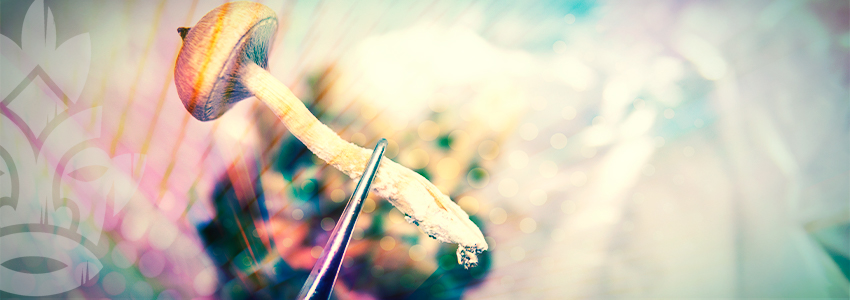
When you find a mushroom, you need to properly examine all of its characteristics and compare them to a high-quality field guide. What size and shape is the stipe? Does it emerge from a volva, a branch, or straight from the ground? What colours are the gills, and are they free, adnexed, decurrent, or emarginate? Is the cap conical, convex, depressed, or umbonate? What colour is the spore print? Did you find them in the woods or a pasture?
This series of questions isn’t meant to intimidate you or put you off; it’s simply meant to make you realise how many details go into remaining safe whilst mushroom-hunting. Always bring along a good field guide, and even an experienced mycologist if possible.
THE MOST COMMON TYPES OF MAGIC MUSHROOMS
Over 200 species of psilocybin mushrooms can be found in many regions of the planet, from quaint meadows in England to tropical South American forests. However, there are a small number of species that are far more common for hunters to look for and harvest. Below is a list of mushrooms that are relatively easy to identify. One classic clue you’ve found a psilocybin mushroom is that it takes on a blue hue when bruised, however, other mushroom species exhibit this trait too.
PSILOCYBE SEMILANCEATA
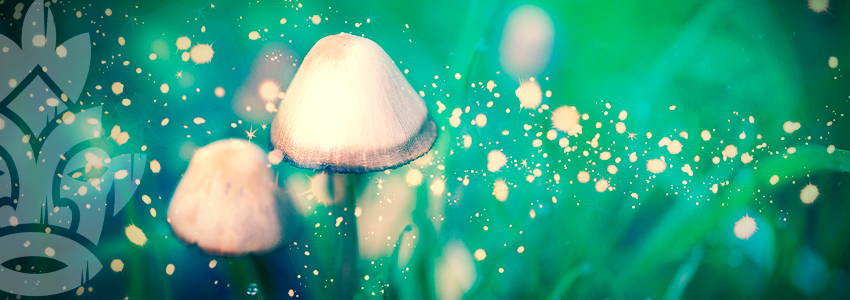
Psilocybe semilanceata, also known as liberty cap, is one of the more potent species of psilocybin mushrooms, and can be found throughout parts of Europe and North America. Semilanceata derives from “semi” (part of) and “-lanceata”, which refers to the spear-like shape of the mushroom. Foragers look at the cap to identify this shroom, which has a small point or nipple on the top. Liberty caps are found in grasslands such as pastures, especially those on slopes.
The cap of this mushroom varies from 0.5–2cm in diameter, is cream-coloured in appearance, and has an obvious nipple on the top. The underside of the cap features 15–27 gills. The stipe is usually 2–3mm in diameter and 4–10cm in length, and often displays blue shades toward the bottom. By taking a cap and placing it on a piece of foil, you can take a spore print. The spores of this species should be dark purple-brown in colour. These mushrooms emerge in early autumn.
PSILOCYBE CYANESCENS
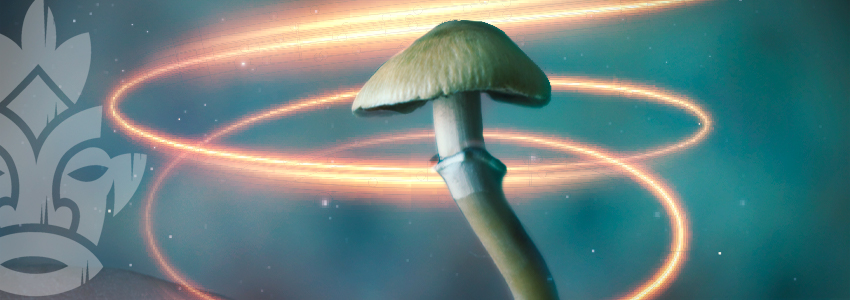
Psilocybe cyanescens, also known as the wavy cap, has earned the name of “the potent psilocybe” due to the high levels of psilocybin within. This mushroom occurs in the Pacific Northwest of the United States, Western and Central Europe, regions in west Asia, and New Zealand. When hunting for this mushroom, it’s worth exploring wood chips and mulch cover in garden beds in urban areas. There is no certainty regarding the natural habitat of Psilocybe cyanescens, although it may be found in coniferous woodlands in the Pacific Northwest. This fungus emerges between October and February when temperatures are around 10–18°C.
The distinctive characteristics of this mushroom include a white stipe, a purple-black spore print, and a cortina (a fine cobweb-like veil) on younger specimens. On the underside of the cap you should notice adnate lamellae (gills), meaning they are attached to the stipe. The outer edges of the cap feature a wavy structure and the top is often flat.
PSILOCYBE CUBENSIS
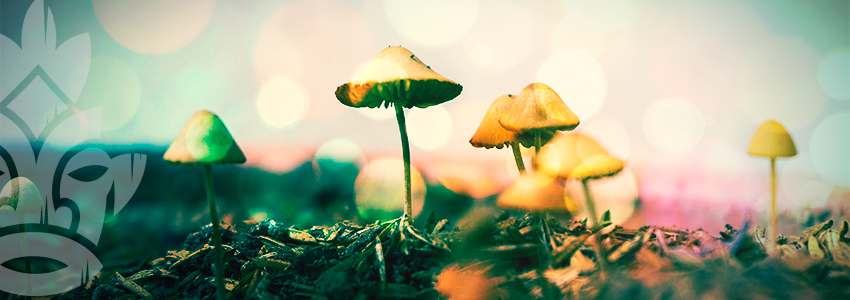
Psilocybe cubensis is the quintessential shroom when it comes to growing, and many different strains with varying traits such as appearance and potency have been developed. This species occurs in the southeastern United States, Central America, northern regions of South America, and Southeast Asia. These mushrooms feature gills, a convex or flat cap, the hymenium (tissue layer on the underside of the cap) is adnate (most of the gills attach to the stipe) or adnexed (gills are narrowly attached to the stipe), the spore print is purple, and the stipe has a ring, which is the remnants of a veil.
PSILOCYBE BAEOCYSTIS
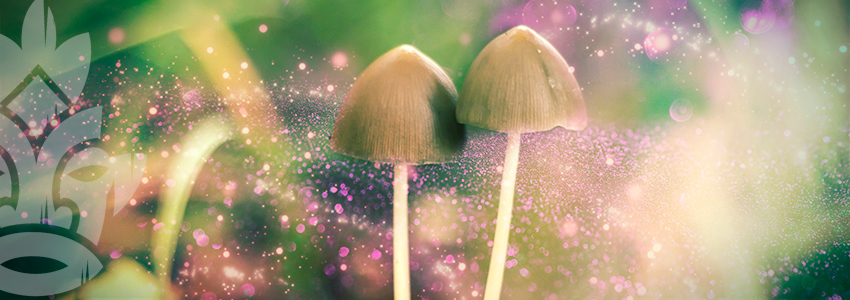
As well as containing psilocybin and psilocin, many magic mushrooms contain the alkaloid baeocystin, which is an analogue of psilocybin. This is certainly the case with this species, which can be found in the Pacific Northwest of the United States. Specimens have also been located in Maine and Connecticut. Psilocybe baeocystis is largely found on ground bark and wood chips, peat moss, and sometimes on lawns and pastures. This mushroom makes an appearance between August and September.
PSILOCYBE AZURESCENS
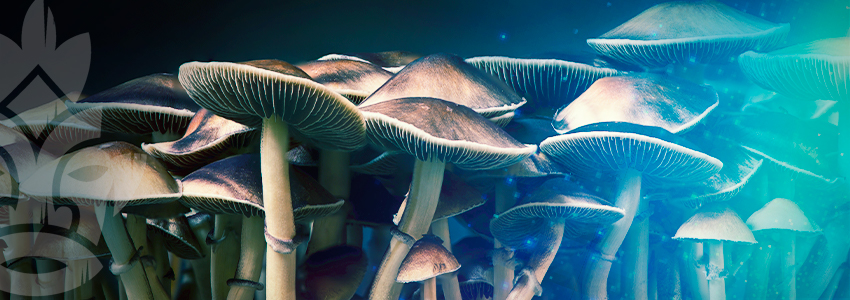
Psilocybe azurescens is the most potent of all known psilocybin mushrooms, containing up to 1.8% psilocybin, 0.5% psilocin, and 0.4% baeocystin by dry weight. The mushroom has been cultivated in many countries around the world and occurs naturally along the West Coast of the United States. Defining features of Psilocybe azurescens are a convex or umbonate cap (raised area in the centre of the cap), gills on the underside of the cap, adnate or sinuate gills (curved down the stipe slightly before attaching), and a blackish-brown to purple spore print. The stipe is between 90–200mm-long and 3–6mm-thick.
A FINAL WORD
It cannot be overstated how important correct identification is. It could literally save your life. Don’t rush things, and take time to become familiar with the fascinating science of mycology. Always have a thorough and reputable field guide to hand, and consider joining your local mycology club to learn the basics of mushroom identification.
YOU MIGHT ALSO LIKE
Related blog posts
- » 25 Practical Tips for Your Next Psychedelic Trip
- » Do Magic Mushrooms Make You More Creative?
- » 6 Psychonauts Who Changed The Way We Think About Psychedelics
- » How To Prepare For Any Psychedelic Experience
- » Microdosing Magic Mushrooms and Truffles
- » Best Ways To Store Magic Mushrooms Or Magic Truffles

